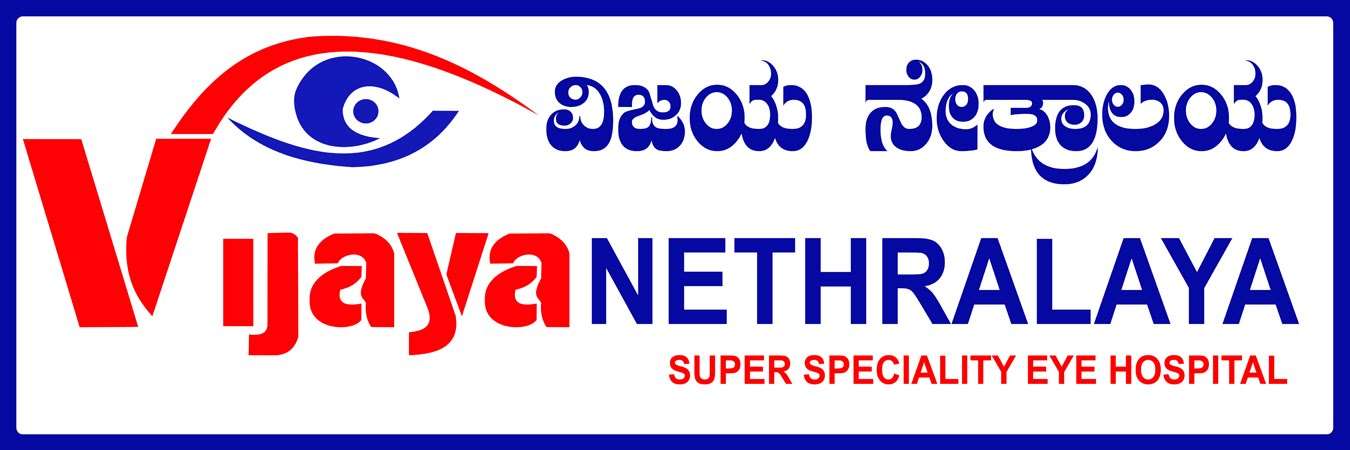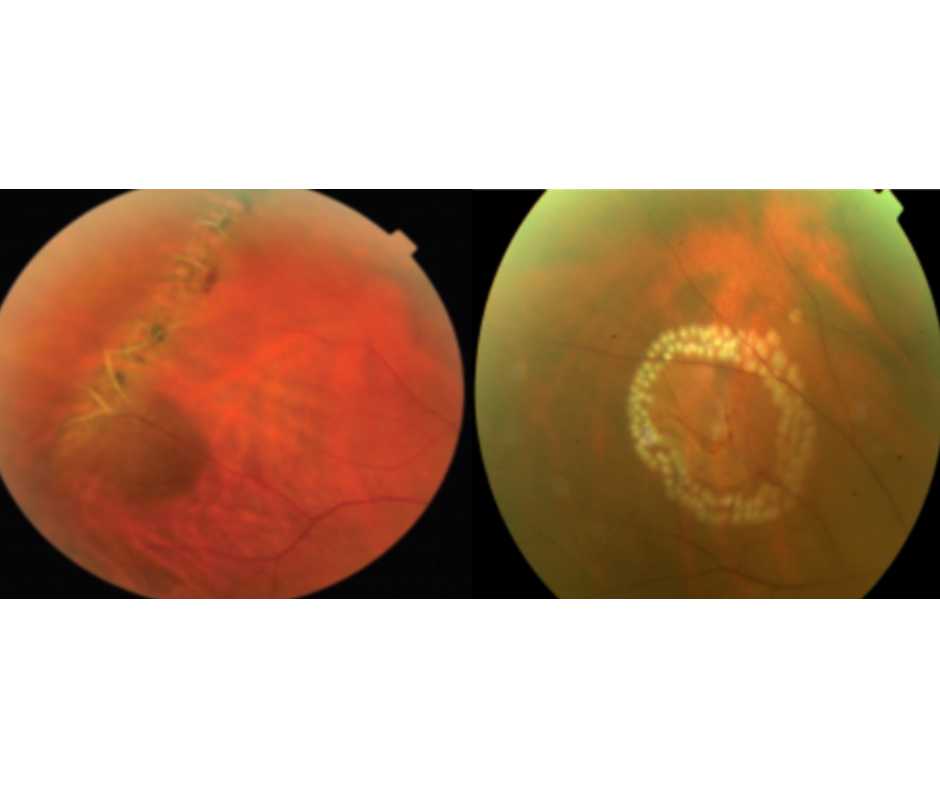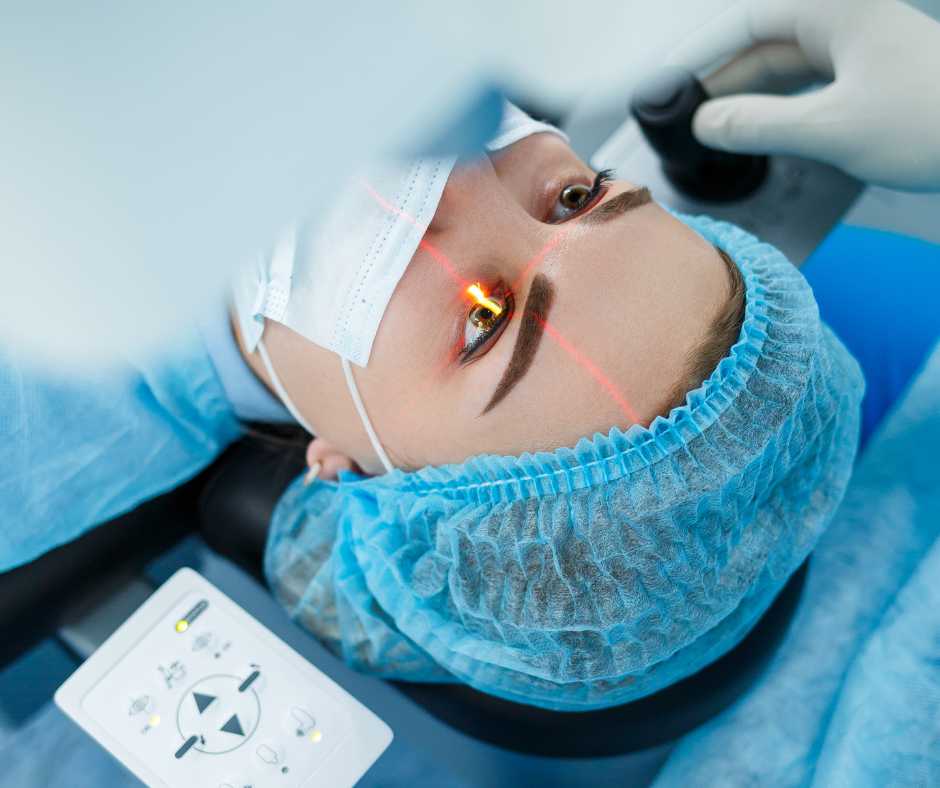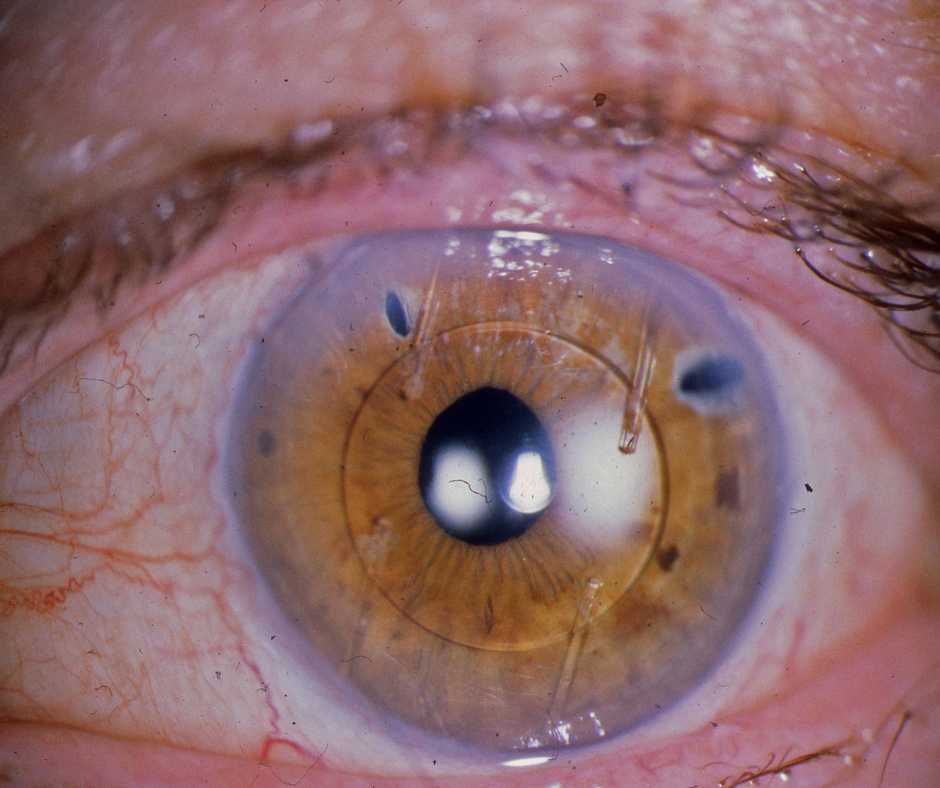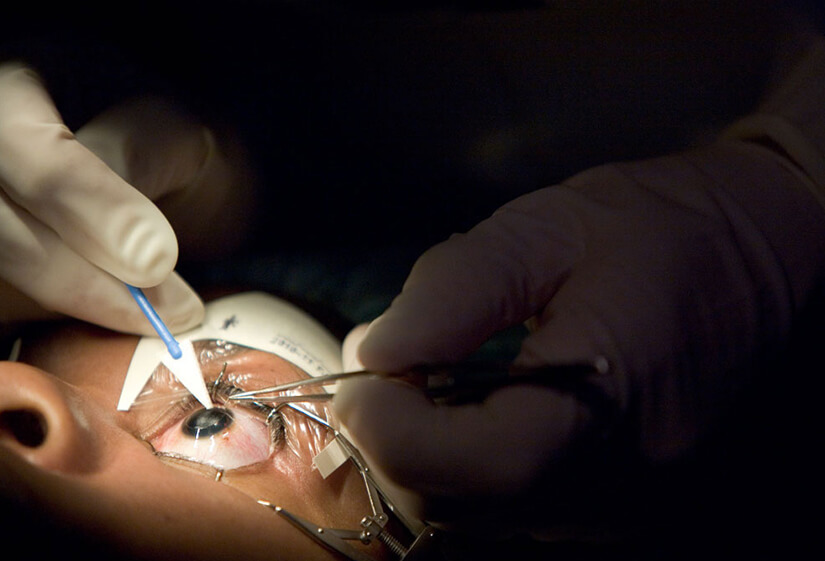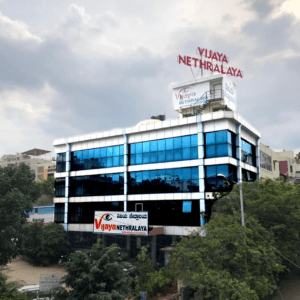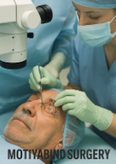LASIK Eye Surgery Procedure Steps: A Detailed Guide
LASIK (Laser-Assisted In Situ Keratomileusis) has transformed vision correction by offering a quick, safe, and effective alternative to glasses or contact lenses.lasik eye surgery procedure steps Below, we detail each critical step involved in the LASIK eye surgery procedure, from initial evaluation to postoperative recovery, ensuring patients are fully informed.
Understanding LASIK: What It Is and How
It Works
LASIK reshapes the cornea to correct myopia (nearsightedness), hyperopia (farsightedness), and astigmatism. By adjusting the cornea’s shape, it allows light to focus directly onto the retina, providing clearer vision without the need for corrective lenses.
1. Comprehensive Pre-Operative Eye Evaluation
Before performing LASIK, the ophthalmologist conducts a thorough eye examination to determine the patient’s suitability for the procedure.
Key components of the LASIK evaluation include:
- Corneal thickness measurement (pachymetry): Ensures sufficient corneal tissue for flap creation and laser reshaping.
- Corneal topography: Maps the surface curvature of the cornea to identify irregularities or signs of keratoconus.
- Wavefront analysis: Captures how light travels through the eye to detect higher-order aberrations.
- Pupil size measurement: Evaluates how the pupil reacts in different lighting conditions.
- Tear film assessment: Detects dry eye syndrome that could affect healing and outcomes.
- Refraction test: Confirms the degree of refractive error and stability of the prescription.
2. Pre-Surgery Preparation and Instructions
Once cleared for LASIK, patients receive clear preoperative instructions:
- Discontinue contact lenses 1–2 weeks prior (depending on type) to allow corneal shape normalization.
- Avoid makeup, perfumes, and lotions on the day of surgery.
- Arrange transportation, as vision may be blurry immediately after the procedure.
3. The LASIK Procedure: Step-by-Step Breakdown
The LASIK procedure typically takes 15 to 20 minutes for both eyes, but the surgical process is highly precise.
Step 1: Anesthetic Eye Drops
Local anesthetic drops are applied to numb the eyes. This ensures painless surgery while keeping the patient awake and responsive throughout the procedure.
Step 2: Eyelid Stabilization
A lid speculum is used to keep the eyelids open, preventing blinking. A gentle suction ring is then placed to stabilize the eye and maintain corneal pressure, allowing for accurate flap creation.
Step 3: Corneal Flap Creation
- Microkeratome blade (traditional method)
- Femtosecond laser (all-laser or bladeless LASIK)
The flap is gently lifted to expose the underlying corneal stroma.
Step 4: Excimer Laser Reshaping
The excimer laser, guided by the patient’s topography and wavefront data, delivers cool ultraviolet light pulses to reshape the cornea.
- Myopia: Cornea is flattened
- Hyperopia: Cornea is steepened
- Astigmatism: Corneal surface is smoothed symmetrically
Step 5: Flap Repositioning
After reshaping, the surgeon gently repositions the corneal flap without sutures. The flap adheres naturally within minutes and acts as a natural bandage, beginning the healing process immediately.
4. Immediate Postoperative Care
After surgery, the patient rests in a recovery area for a brief period. Most patients experience:
- Mild discomfort or a gritty sensation
- Temporary blurry vision
- Light sensitivity
- Watery or dry eyes
5. Recovery Timeline and Healing Process
The LASIK recovery process is typically fast, with many patients reporting clearer vision within 24–48 hours. Full visual stabilization may take a few weeks.
Recovery stages include:
- First 24 Hours: Mild discomfort; rest is essential.
- 1–3 Days: Improvement in vision; light sensitivity reduces.
- 1 Week: Most return to work and regular activities.
- 1 Month: Visual acuity stabilizes; final results begin to solidify.
- 3–6 Months: Ongoing enhancements and fine-tuning of vision.
6. Post-Operative Instructions and Medications
Patients receive prescription eye drops to:
- Prevent infection (antibiotics)
- Reduce inflammation (steroids)
- Promote lubrication (artificial tears)
Key instructions include:
- Avoid rubbing eyes for at least 1 week
- Refrain from swimming or hot tubs for 2 weeks
- Wear sunglasses to protect from UV rays
- Attend all scheduled follow-up visits
7. Risks and Possible Complications
While LASIK is safe and widely performed, it’s important to be aware of potential side effects:
- Dry eyes
- Night glare or halos
- der or overcorrection
- Flap complications
- Regression of vision
Severe complications are rare, especially in certified and experienced hands.
8. Long-Term Results and Success Rates
LASIK has a high satisfaction rate exceeding 95%, with the majority of patients achieving 20/25 vision or better. While the results are long-lasting, vision can still change due to age-related conditions like presbyopia or cataracts.
Conclusion: A Clearer Future with LASIK
LASIK is a time-tested and precise procedure that delivers excellent outcomes for those seeking freedom from glasses or contacts. Understanding the step-by-step LASIK procedure helps patients make informed decisions and prepares them for a successful experience from evaluation to recovery.
